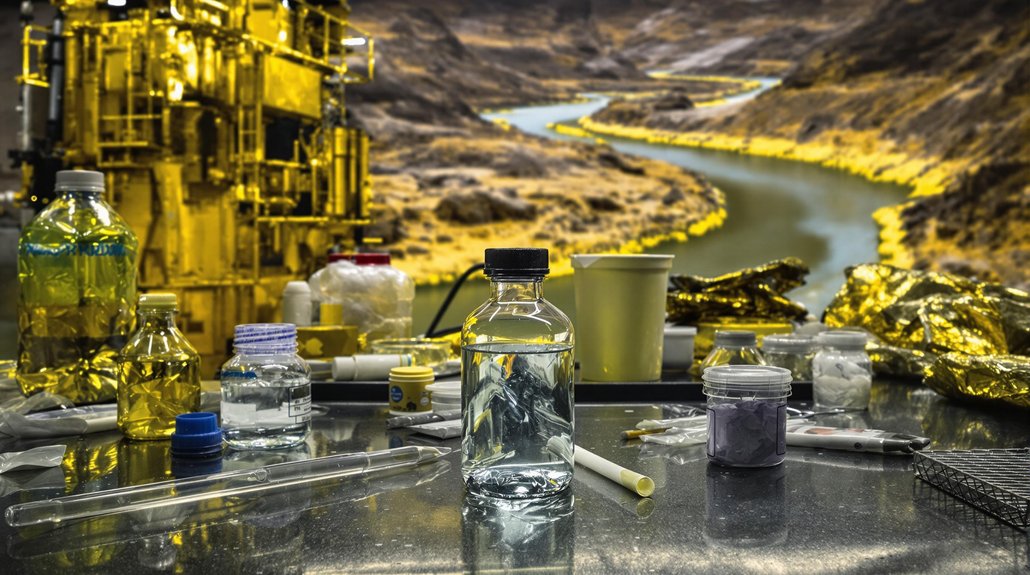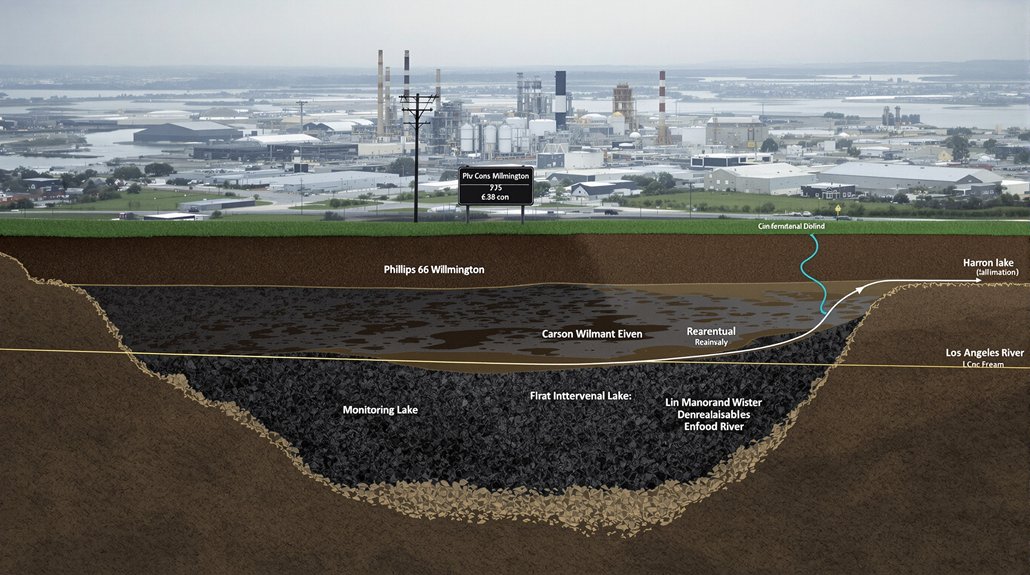Despite global bans on mercury trade, Mexican drug cartels continue to rely heavily on this toxic chemical for their operations. They use mercury primarily in making synthetic drugs like methamphetamine and fentanyl. It’s also essential for illegal gold mining, which helps cartels make money and launder their profits. The Sinaloa and Jalisco cartels lead these activities in Mexico and the United States.
Even with worldwide restrictions, cartels find ways to get mercury. They smuggle it through established drug routes and rely on corrupt officials to move shipments across borders. Mercury often comes from Asia or small mines in Latin America. Cartels hide it in mislabeled containers, vehicles, and equipment to avoid detection. The Sinaloa Cartel leverages its sophisticated trafficking networks that were originally developed for drug smuggling using tunnels and maritime routes. They frequently ship it alongside other chemicals needed for drug production.
Smuggling networks and corrupt officials ensure mercury flows freely, circumventing global restrictions with sophisticated transport methods perfected through years of drug trafficking.
Mercury has become more valuable to cartels as China and Europe have tightened chemical controls. This has made smuggling mercury more profitable, especially as synthetic drug production increases. When authorities raid secret labs in cartel territories, they often find mercury among the chemicals seized. These groups control approximately one-third of Mexico’s territory, giving them extensive areas to conceal their mercury-dependent operations.
The environmental damage from these operations is severe. Mercury from drug labs and gold mining pollutes rivers and soil in cartel-controlled areas. Local communities suffer from mercury poisoning and neurological problems. Fish and water sources become contaminated, creating long-term health crises. Rural and indigenous populations face the worst effects.
Cartels block cleanup efforts through violence and threats. Environmental regulations can’t be enforced in areas where cartels hold power. Mercury pollution from secret labs rarely gets addressed due to their hidden nature and limited government presence.
Cartels also use mercury trading as another income source, expanding their criminal businesses beyond drugs. As gold and drug market prices change, cartels adjust how they use mercury to maximize profits. Their control of mercury shows how deeply they’ve infiltrated Mexico’s economy and environment.








